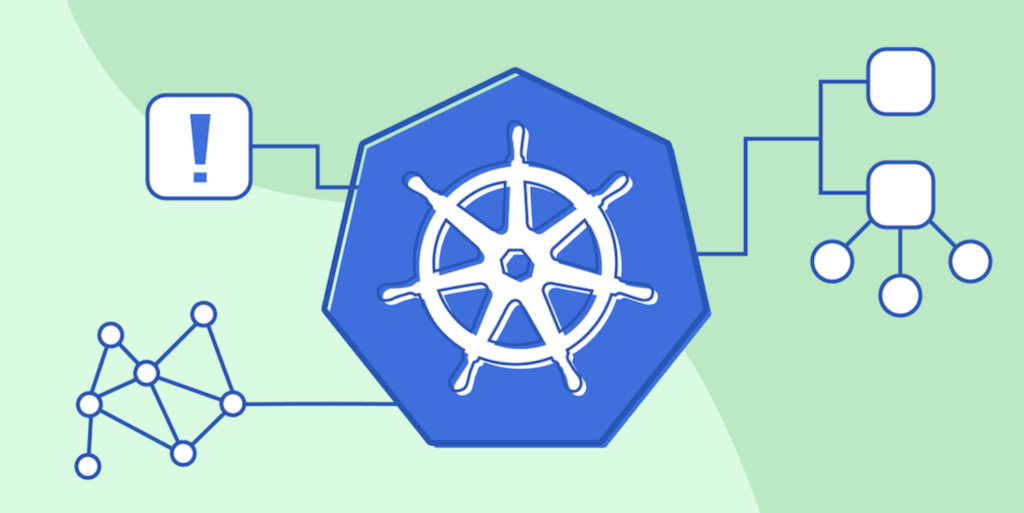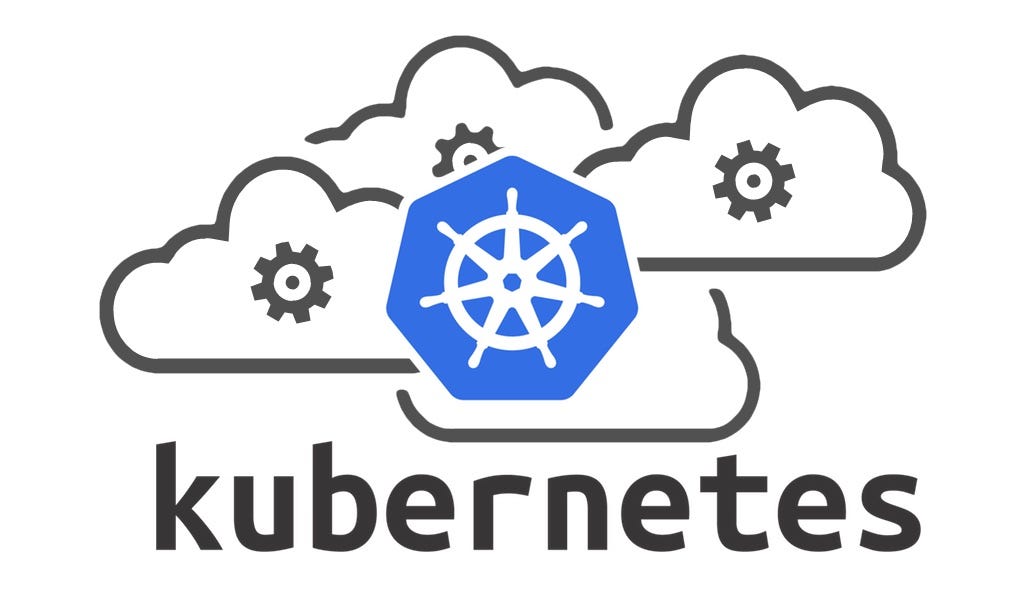Solution Path for Cloud-Native Infrastructure with Kubernetes
Kubernetes has emerged as a powerful tool for implementing cloud-native infrastructure, enabling organizations to build scalable, resilient, and agile applications in the cloud. However, implementing cloud-native infrastructure with Kubernetes requires careful planning, understanding key considerations, following best practices, and addressing challenges. With the right approach, Kubernetes can serve as a robust and scalable platform for building cloud-native infrastructure that can meet the demands of modern applications. According to Gartner “Enterprises deploy Kubernetes at increasing scale as they seek to apply cloud-native computing for modernizing infrastructure and applications across their organizations, targeting greater varieties of applications and servicing multiple teams”.
Cloud-native infrastructure has become the de facto standard for building scalable, resilient, and agile applications in the modern era of computing. It is the popular container orchestration platform, has emerged as a critical enabler for managing cloud-native applications at scale. This blog post will explore the solution path for implementing cloud-native infrastructure with Kubernetes, including key considerations, best practices, and challenges to watch out for.

Understanding Cloud-Native Infrastructure
Cloud-native infrastructure refers to the architecture and deployment practices that leverage the capabilities of cloud computing platforms to build and run scalable, resilient, and agile applications. It involves designing applications as a collection of loosely coupled and independently deployable microservices that can be orchestrated and managed dynamically in a distributed environment.
Critical Considerations for Implementing Cloud-Native Infrastructure with Kubernetes
Implementing cloud-native infrastructure with Kubernetes requires careful planning and consideration of various factors. Some of the key considerations include the following:
- Containerization: Containerization encapsulates applications and their dependencies into portable and lightweight containers. It uses container runtimes to deploy and manage containerized applications.
- Orchestrating Containers: It provides powerful orchestration capabilities for deploying, scaling, and managing containers across clusters of machines. Understanding how to effectively use Kubernetes features like pods, services, Replica Sets, and deployments is crucial in building a resilient and scalable cloud-native infrastructure.
- Infrastructure as Code: Infrastructure as Code (IaC) defines and provides infrastructure resources, such as virtual machines, networks, and storage, using code. Tools like this manifests, Helm charts, and Kubernetes Operators enable defining and managing cloud-native infrastructure as code, providing repeatability, versioning, and scalability.
- Observability: Observability is the ability to understand and monitor the behavior of applications running in a distributed environment. It provides various built-in features for observability, such as logging, monitoring, and tracing, which are critical for troubleshooting, debugging, and ensuring the reliability of cloud-native infrastructure.
- Security: Security is a critical aspect of cloud-native infrastructure. Implementing certain practices, such as container image scanning, RBAC (Role-Based Access Control), network policies, and secure communication between services, is essential in building a secure cloud-native infrastructure with it.
AlphaK8
AlphaK8 is a cutting-edge solution for implementing and managing cloud-native infrastructure with Kubernetes. It provides a comprehensive suite of tools and features designed to simplify the complexities of Kubernetes, making it easier for organizations to deploy, scale, and manage containerized applications in the cloud. AlphaK8 offers robust automation capabilities, scalability, resilience, and observability features, empowering organizations to build highly available and resilient applications. With AlphaK8, organizations can streamline their Kubernetes operations, enhance security, optimize networking and storage, and effectively manage the complexities of cloud-native applications, making it a powerful solution for modern application deployments.

Conclusion
In conclusion, navigating the solution path for cloud-native infrastructure with Kubernetes involves understanding the key considerations, following best practices, and addressing challenges to ensure a successful implementation. Organizations can build a cloud-native infrastructure by leveraging Kubernetes features, implementing automation, scalability, resilience, and observability best practices, and addressing challenges such as complexity, operational overhead, networking and storage, security, and application complexity that can effectively run and manage modern applications in the cloud.






